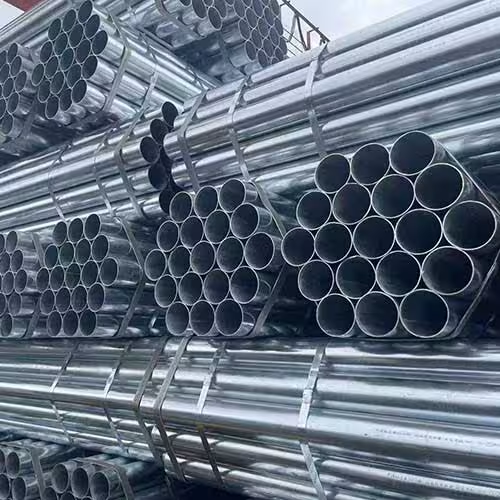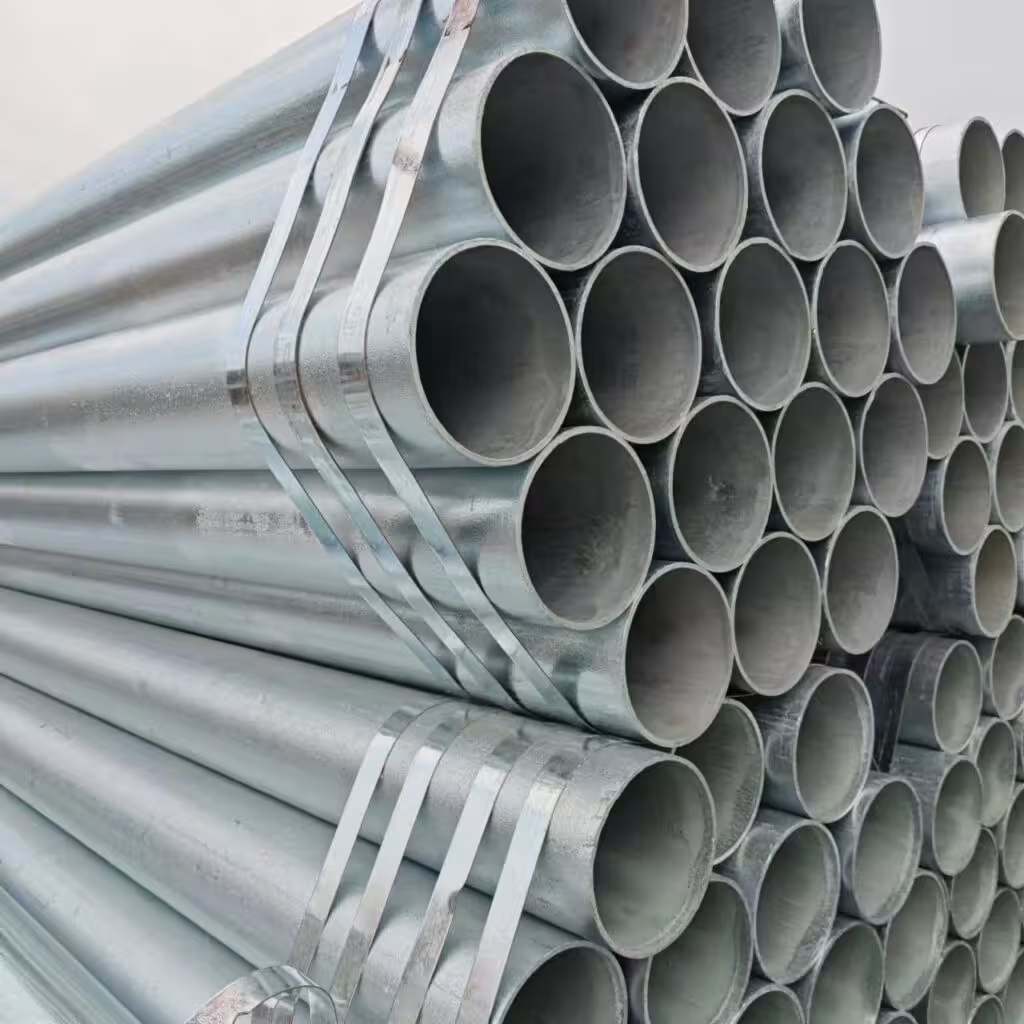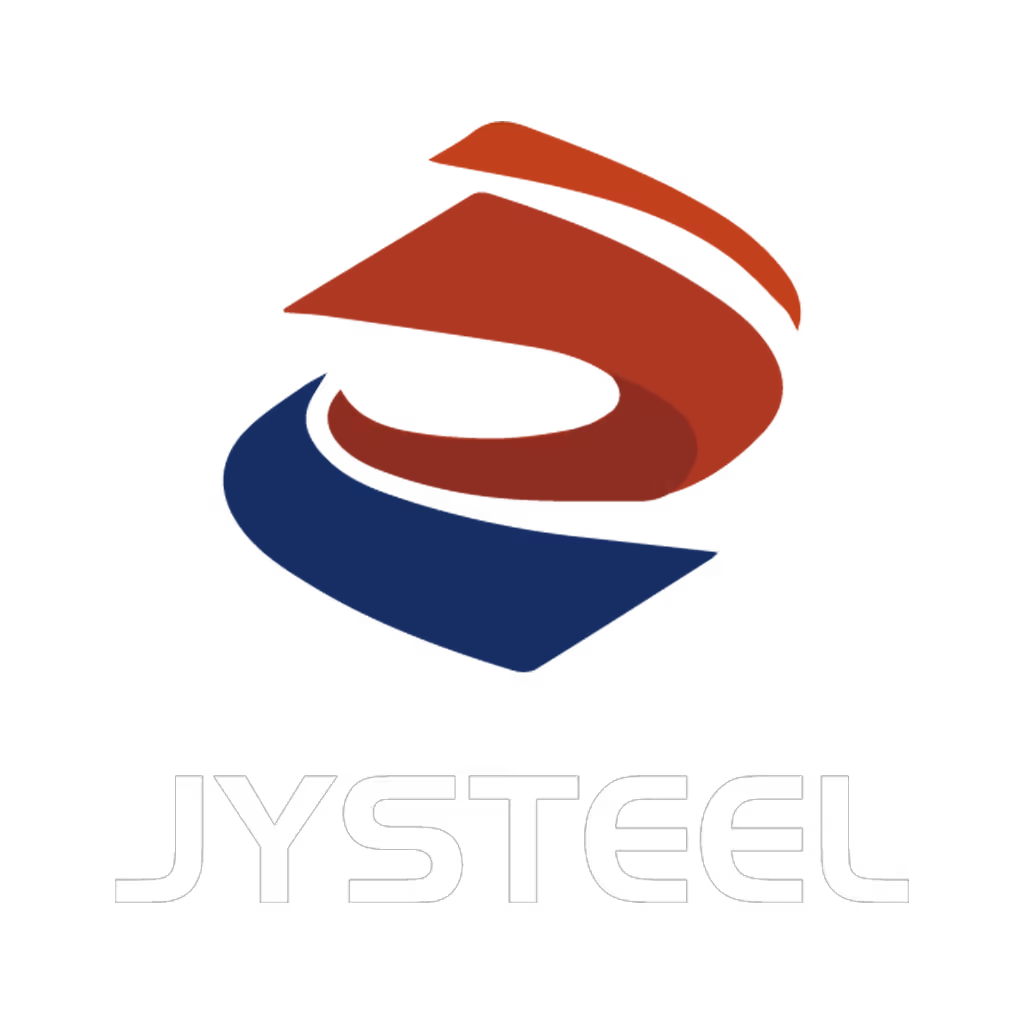مرحبًا بك في مدونتي!
قبل أن نتعمق في المحتوى، أود أن تنضموا إليّ على منصات التواصل الاجتماعي الخاصة بي حيث أشارك المزيد من الأفكار وأتفاعل مع المجتمع وأنشر التحديثات. إليك كيف يمكنك التواصل معي:
فيسبوك : فيسبوكhttps://www.facebook.com/profile.php?id=61565500692293
والآن، لنبدأ رحلتنا معًا. آمل أن تجدوا المحتوى هنا ثاقباً وجذاباً وقيّماً.
جدول المحتويات
مقدمة
Ever wondered why galvanized iron pipe remains a go‑to in so many projects? With unmatched corrosion resistance, mechanical strength, and versatility, galvanized iron pipe continues to shine in plumbing, industrial systems, and infrastructure—let’s unpack why it’s still a top choice for professionals like you.

What makes galvanized iron pipe so resilient?
Galvanized iron pipe is steel coated with zinc, which acts as a sacrificial barrier. According to industry reports, galvanized surfaces reduce corrosion rates by up to 80% over 20 years. That longevity makes galvanized iron pipe ideal for long‑term installations like gas lines, fire sprinklers, and outdoor plumbing.
Top advantages of choosing galvanized iron pipe
Corrosion resistance and longevity
Zinc coating protects against rust and environmental wear—ensuring galvanized iron pipe service lives of 30+ years under proper conditions.
Mechanical strength and load capacity
Unlike plastic or copper alternatives, galvanized iron pipe sustains higher pressures and structural stresses, making it reliable for heavy‑duty industrial and construction uses.
Cost‑effectiveness over lifespan
Although upfront cost per foot may be higher, life‑cycle savings from avoiding leaks, replacements, or system failures make galvanized iron pipe a smarter investment.
Versatility across applications
galvanized iron pipe works great for potable water, air lines, industrial fluids, and structural frameworks due to its chemical neutrality and weldability.
Ease of maintenance and repair
Standardized fittings and modular threaded joints simplify repairs—meaning minimal downtime and reduced technician effort.
Comparing galvanized iron pipe to other piping materials
| الميزة | أنابيب الحديد المجلفن | الأنابيب البلاستيكية | أنابيب النحاس | أنابيب الفولاذ المقاوم للصدأ |
|---|---|---|---|---|
| مقاومة التآكل | Excellent with zinc coating | Good, but degrades with UV | Very good, but softens at high temp | Superior, but costly |
| Pressure rating | High (up to ~300 psi) | Moderate (~150 psi) | معتدل | عالية جداً |
| Service life | 30+ years | ~25 years | 20–25 years | أكثر من 50 عامًا |
| Maintenance ease | Threaded fittings, easy repair | Adhesive joints prone to leaks | Solder joints require skill | Welded, high expertise required |
| Upfront cost | معتدل | منخفضة | معتدل | عالية |
| Recycling potential | Fully recyclable steel | Low recyclability | قابلة لإعادة التدوير | Fully recyclable steel |
Real‑world use cases of galvanized iron pipe

Plumbing in commercial buildings
galvanized iron pipe remains a go‑to when longevity and robustness are critical—especially in high‑rise or multi‑occupancy installations.
Fire suppression systems
The fire industry widely prefers galvanized iron pipe due to its resilience under pressure and fire-safe properties.
Outdoor agricultural and irrigation systems
Exposure to fertilizers and water accelerates corrosion—but galvanized iron pipe’s coating offers essential protection and dependability.
Industrial fluid transport
Used in compressed air lines, hydraulic systems, and steam emitter lines where pressure and wear resilience are paramount.
Structural scaffolding and framework
Strength and threaded connections let galvanized iron pipe pull double duty as plumbing and structural support.

How to choose the right galvanized iron pipe for your project
- Check ANSI/ASME compliance: Ensures certified coating thickness and structural integrity.
- Select appropriate thickness (Schedule 40, 80): Heavier schedules support higher pressures.
- Opt for pre‑galvanized vs. hot‑dip: Hot‑dip delivers thicker, more durable coating.
- Ensure threaded connection quality: Proper sealing methods—like PTFE tape—are essential.
- Plan for future upgrades: Threaded systems are easy to disassemble and modify.
Best practices for installing wet galvanized systems
- Flush and acid‑treat interiors before use to prevent initial blockage.
- Apply corrosion‑resistant sealants on exposed threads and joints.
- Support vertical runs every 6–8 feet to minimize strain.
- Inspect after the first year, then every 3–5 years; retighten and treat threads as needed.
Environmental and sustainability benefits
galvanized iron pipe is steel—100% recyclable at end of life. When cleaned and processed, it re-enters the manufacturing cycle, reducing mining demand and raw‑material impact. The zinc coating’s long life also minimizes waste from premature replacements.
Cost vs. value: an economic perspective
Life‑cycle cost analysis shows galvanized iron pipe outperforms PVC by an average of 25% over 30 years when factoring maintenance, failure rates, and replacement—making galvanized iron pipe more economical over time.
الخاتمة
With superior durability, load strength, versatility, and lifecycle value, galvanized iron pipe remains a top choice across industries. Whether you’re tackling plumbing upgrades, industrial piping, or building infrastructure, galvanized iron pipe offers a reliable, long-lasting solution.
الأسئلة الشائعة
Is galvanized iron pipe safe for drinking water?
Absolutely—when properly coated and maintained, galvanized iron pipe is certified for potable water systems.
How long does galvanized iron pipe last underground?
With adequate burial depth and backfill, lifespan ranges from 30 to 50 years, depending on soil chemistry and corrosion control.
Can galvanized iron pipe be painted?
Yes—painting adds weather resistance and UV protection, further extending longevity in outdoor or exposed settings.
Does galvanized iron pipe require special fittings or tools?
No—standard pipe wrenches and threaded fittings are sufficient; sealing is easy with PTFE tape or equivalent thread sealants.
How do I prevent pipe joint leaks?
Use proper paste or tape thread sealants and apply jointing torque recommended per manufacturer—and retighten after initial system pressurization.

